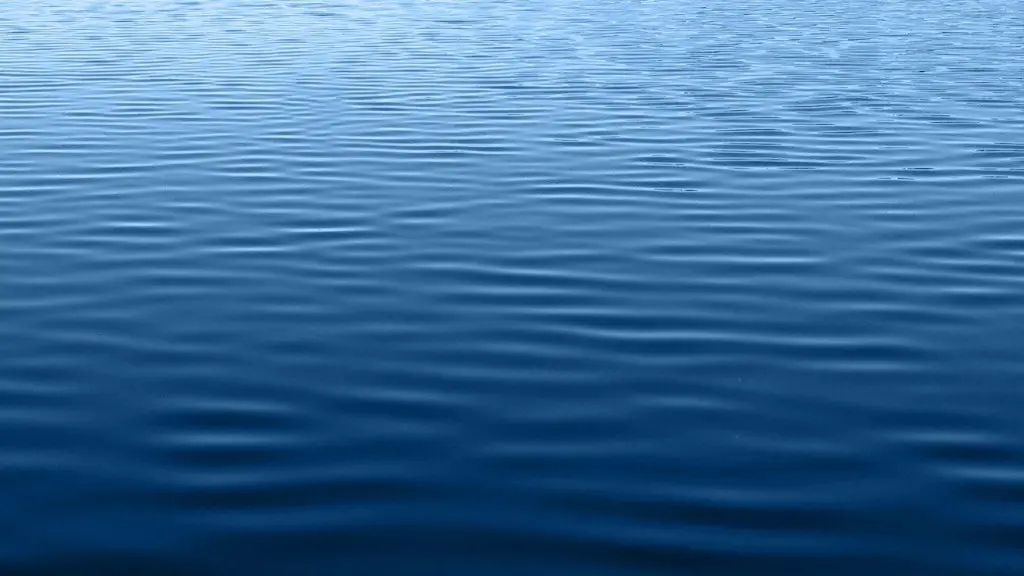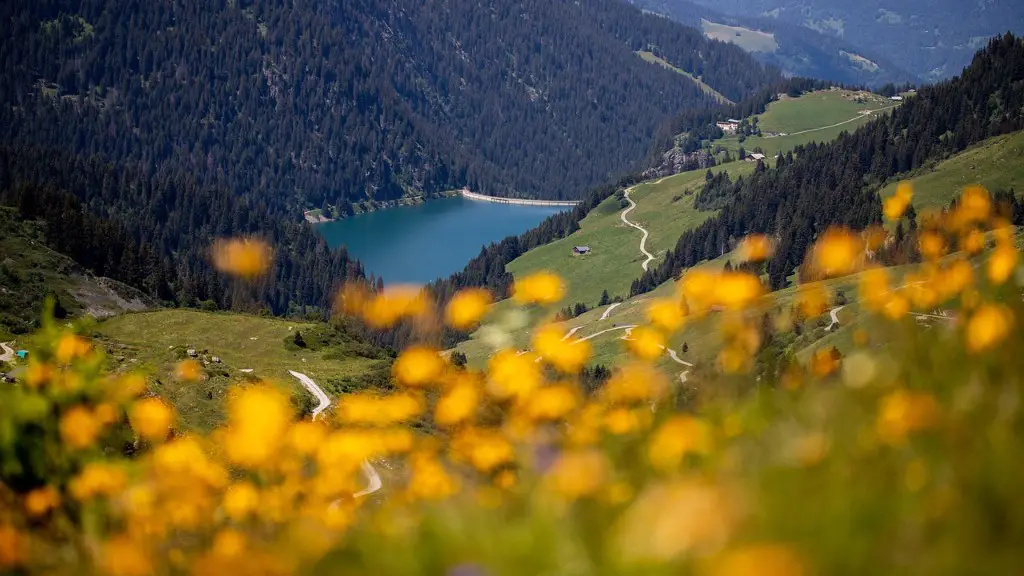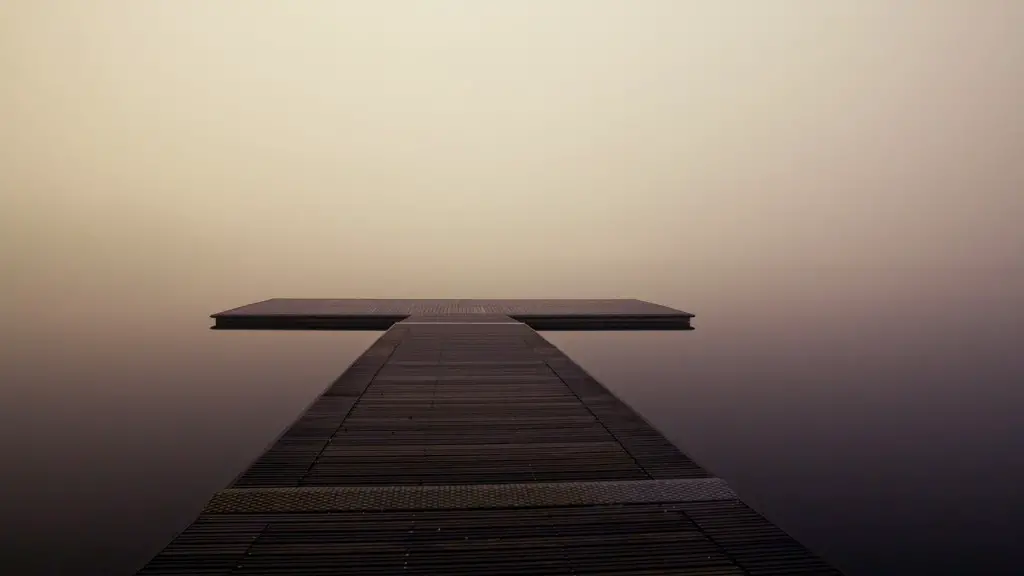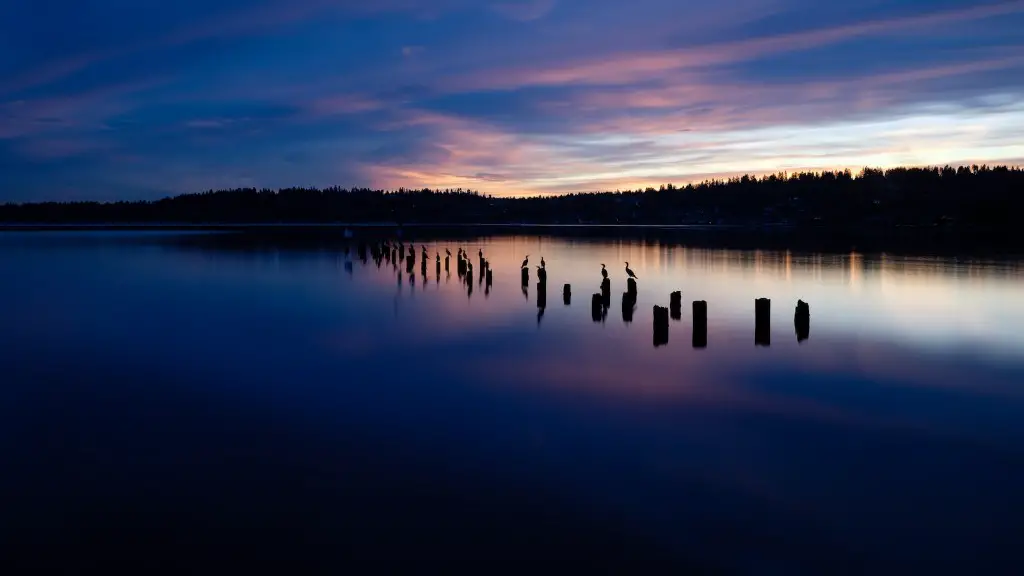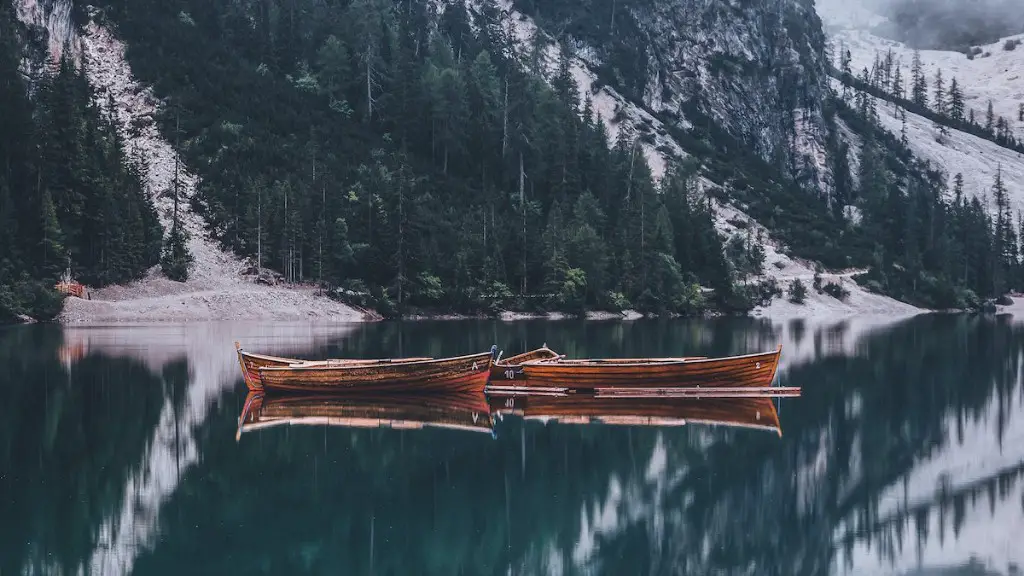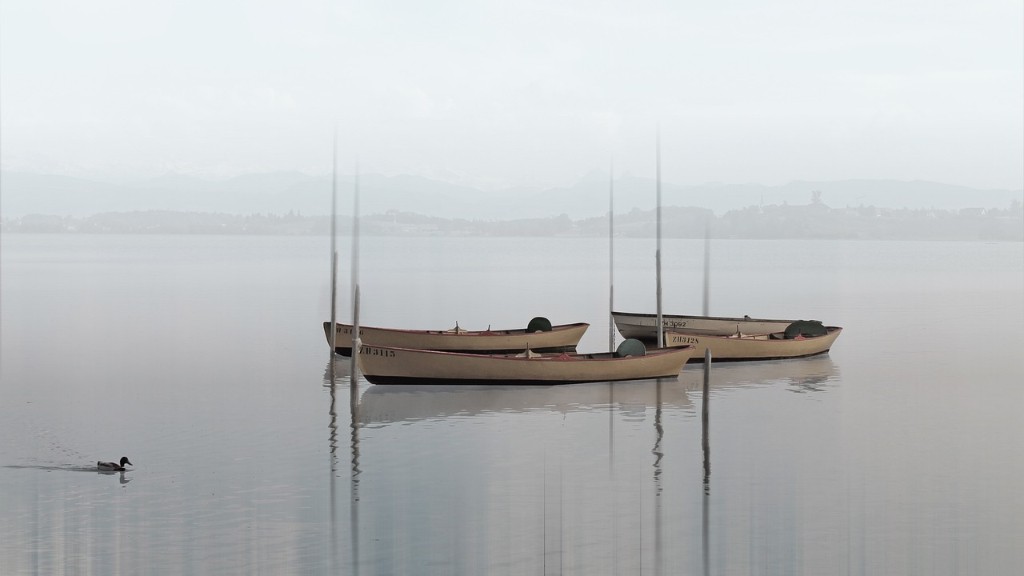The answer to how long to camp at Crater Lake with kids really depends on the age of the children. If you have very young children, you might want to stay for a shorter period of time so they don’t get too restless. Older children can probably handle a longer camping trip. Ultimately, it is up to you as the parent to decide what is best for your family.
There’s no definitive answer to this question since it depends on a number of factors, such as the age of the kids, the weather, what facilities are available at the campsite, and so on. However, as a general guide, two or three nights should be plenty of time to enjoy all that Crater Lake has to offer with kids.
How much time do you need at Crater Lake?
Crater Lake is an amazing place and definitely worth a visit! However, it can be a bit of a hassle to get there (it’s far away and there are long lines to get into the actual park). So, once you finally make it there, you should try to spend at least one full day and one night. That way, you can really enjoy all that Crater Lake has to offer without having to worry about getting back in your car and heading home right away.
Crater Lake is an incredible place to travel with kids. The natural beauty of the lake gets right to people’s souls, especially for kids. The park area itself is full of activities, from playing in the campground woods, to kid friendly hikes of curious rock formations leftover from the Mt Mazama eruption.
Is one day enough for Crater Lake National Park
Crater Lake National Park is definitely worth a visit! The lake is gorgeous and the scenery is breathtaking. The drive around the lake is easy to do in just half a day, so you can still get in a couple of short hikes and see everything the park has to offer.
Crater Lake is a beautiful place to visit and the best way to see it is by car. The Rim Drive is a 33-mile road that goes around the lake and has many different viewpoints. The full loop is usually open from late June to mid-October, depending on snowmelt.
What is the best month to visit Crater Lake?
If you’re looking to visit Crater Lake, the most popular months to do so are July, August, and September. That’s when the park’s roads, trails, and facilities are usually fully open. May and June are months of transition in the park, as winter slowly gives way to summer. Keep in mind that conditions can change rapidly in the park, so it’s always best to check with the park service before you visit.
Looking for something new to read? Check out our Great Books Guide for 10 to 11 year olds. This guide features a selection of titles that are perfect for kids in this age group. From classics like The Adventures of Tom Sawyer to modern favorites like Harry Potter and the Goblet of Fire, there’s something for everyone. So dive in and start exploring today!
What is all about Crater Lake for kids?
Crater Lake is the deepest lake in the United States of America, the ninth deepest lake in the world, and has a surface temperature that ranges between 33 and 66 degrees Fahrenheit. Crater Lake also has two islands, Wizard Island and Phantom Ship Island.
If you’re visiting Crater Lake, be sure to check out the designated swimming areas! The water is usually pretty cold, but it’s a deep, gorgeous blue.
Why can you not swim in Crater Lake
Crater Lake is one of the snowiest places in America, with an average of 43 feet of snow per year. This means that there are only a few months when people can swim at Crater Lake, usually from June through September.
If you find yourself in southern Oregon, be sure to check out Crater Lake National Park! Home to the deepest lake in the US, this park offers a truly unique experience. There’s plenty to do here, from admiring the vast blue waters to taking in the panoramic views from the summit. No matter what you do, you’re sure to have a memorable time at Crater Lake National Park!
Can you sleep in your car in Crater Lake National Park?
All vehicles must be left at Park Headquarters located three miles below the rim during the winter months. In the summer, vehicles may be left at designated trailhead parking areas or nearby pullouts. A valid park entrance pass and backcountry camping parking permit must be displayed on your dashboard.
Lassen Volcanic National Park is a large national park with tons of things to do, so you will need at least one day to explore it. However, if you want to see everything that the park has to offer, you should plan on staying for 2-3 days or a weekend. That way, you can take your time and truly enjoy all that Lassen Volcanic National Park has to offer.
Is Crater Lake a hard hike
This hike is moderate to difficult in intensity, but it features wildflowers and lava flows which make it worth the effort. The views of Crater Lake, Wizard Island, and the Phantom Ship from the top are unbeatable.
But Crater Lake is more than 6,000 feet above sea level, so it’s relatively cool even in summer. Temperatures plummet in the evenings, so bring long pants and a jacket to wear.
How long is Crater Lake Hike?
This is a popular trail for birding and hiking, but you can still enjoy some solitude during quieter times of day. The average time to complete this 118-mile out-and-back trail near Halfway, Oregon is 6 h 51 min.
You are welcome to come and enjoy the park at any time! No reservations are necessary to enter and explore the grounds.
Final Words
The answer to this question depends on the age of the kids and the activities that the family enjoys. If the kids are young, then a shorter stay might be best so they don’t get tired of being in one place. If the family enjoys hiking and being outdoors, then a longer stay might be better so they can explore the area more. Ultimately, it is up to the family to decide how long they want to stay.
After spending a few days at Crater Lake with kids, it’s time to pack up and head home.
